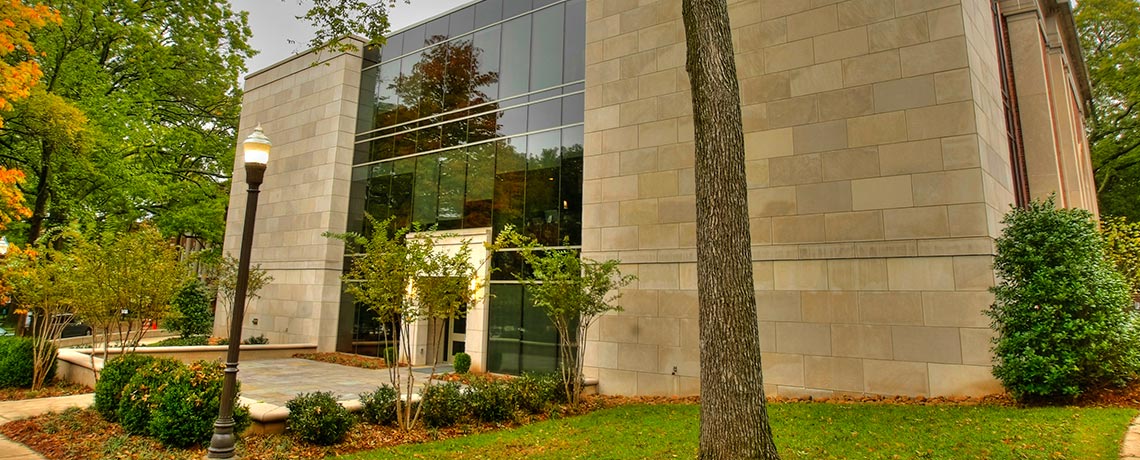Jun 10 2016 - Sep 9 2016
Vanderbilt University Fine Arts Gallery
Nashville, TN
A sense of nostalgia and longing for a return to the simple life first found voice more than 2,000 years ago in the work of Theocritus (316–260 BCE), the creator of ancient Greek bucolic poetry. Following in his footsteps, the Roman poet Virgil (70–19 BCE), in his Eclogues and Georgics, popularized the simple Arcadian shepherd, a rustic type who was imagined to subsist solely on the meat and milk of his goats. Arcadia is a mountainous region located in the Peloponnesian peninsula. In ancient Greece, its very remoteness from civilized society, represented by Athens, equated to country life in its purest form.
From its inception, the idea of Arcadia, focused on an idealized landscape inhabited by simple shepherds tending their flocks, was a fiction created for an educated, urban audience. They consumed this rustic, pure space through poetry and visual arts, which have worked in tandem over the centuries to conceptualize the majesty of nature and man’s relation with it.
Vanderbilt University Fine Arts Gallery’s exploration of the Arcadian vision covers the seventeenth to early twentieth centuries with paintings and works on paper from England, France, Germany, Italy, the Netherlands, and the United States. To show the continuing emphasis on Virgil’s writings, the exhibition includes two small woodcuts by Aristide Maillol (French, 1861–1944) that were created as illustrations for the two aforementioned pastoral poems, while other works demonstrate the harmony between contemporary artists and poets, for instance with Connecticut Pastoral, by Thomas Nason, who was one of Robert Frost’s primary illustrators.
Exhibition Venues & Dates
Jun 10 2016 - Sep 9 2016
Vanderbilt University Fine Arts Gallery
Nashville, TN
